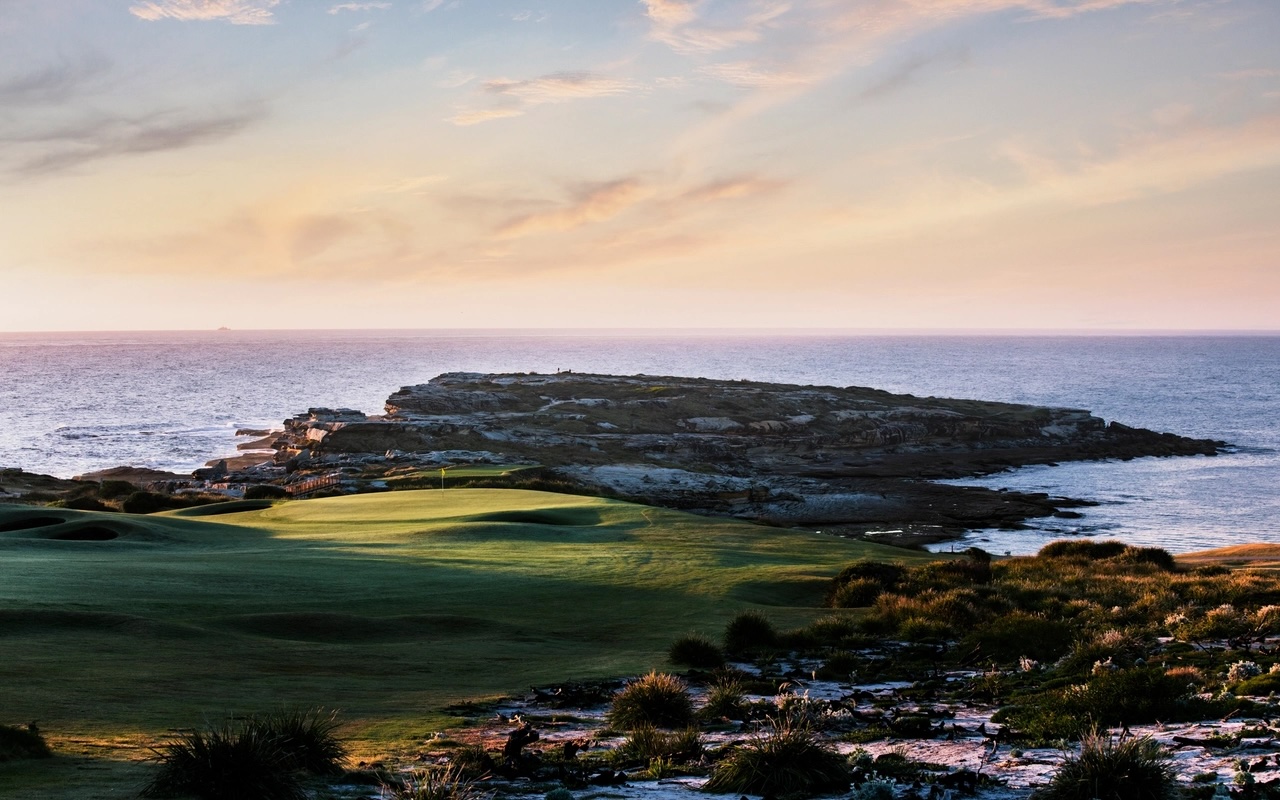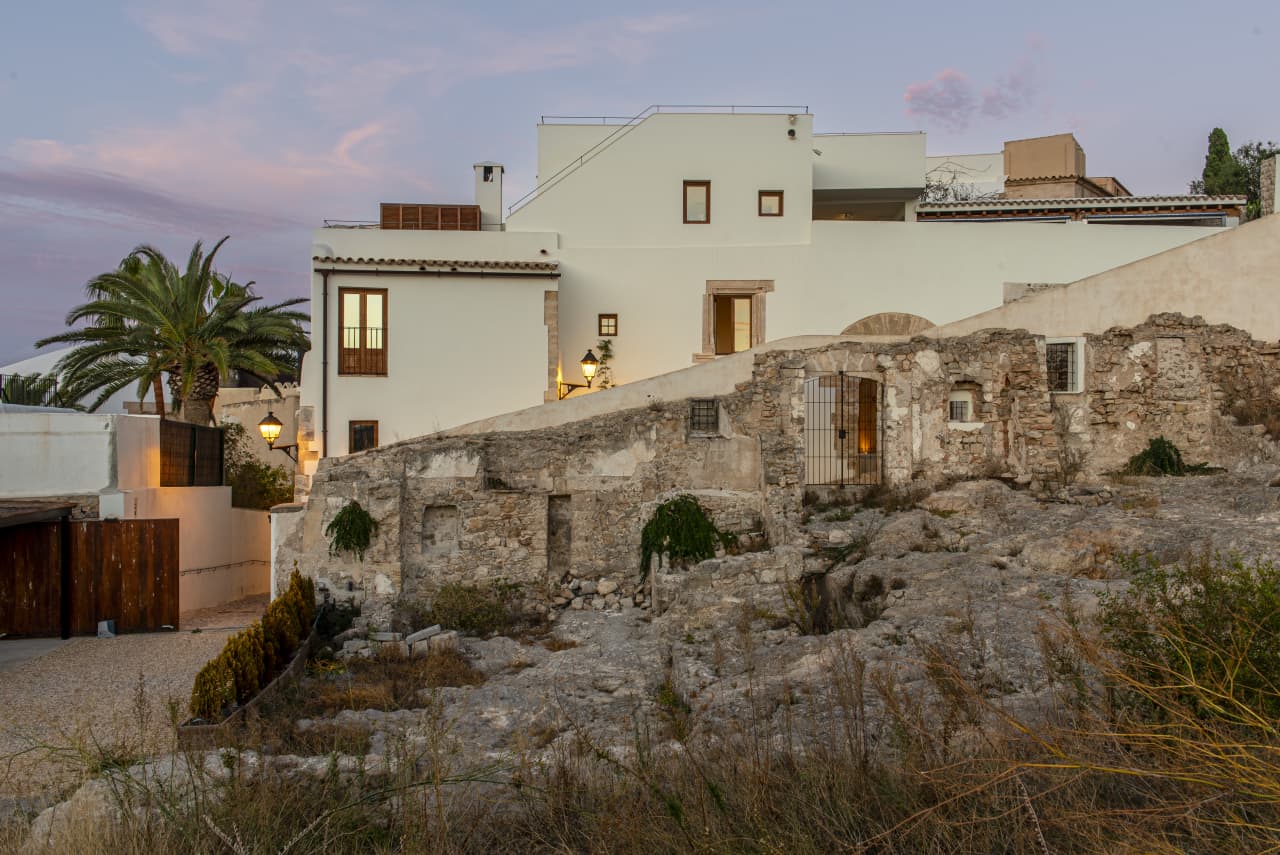The World Added 412 Billionaires in 2020, Bringing the Total to 3,288
The billionaires’ combined wealth rose 32% year over year.
The billionaires’ combined wealth rose 32% year over year to US$14.7 trillion, a sum that falls between the GDP of the world’s two biggest economies, the U.S. (with US$19.5 trillion) and China (with $12.2 trillion).
“A stock market boom, driven partly by quantitative easing, and flurry of new listings have minted eight new dollar billionaires a week for the past year,” Rupert Hoogewerf, Hurun Report chairman and chief researcher, said in a statement. “The world has never seen this much wealth created in just one year, much more than perhaps could have been expected for a year so badly disrupted by Covid-19.”
Three individuals added more than $50 billion in a single year, led by Tesla’s Elon Musk who added US$151 billion and climbed to the top spot of the Hurun Global Rich List with a net worth of US$197 billion. Amazon’s Jeff Bezos dropped to the second place, despite his wealth growing US$50 billion last year to a total of US$189 billion.
Colin Zheng Huang of Pinduoduo, China’s e-commerce giant, also saw his net worth grow more than $50 billion to US$69 billion, earning him the title of 19th richest billionaire in the world.
China jumped way ahead of the U.S. with 1,058 billionaires, up 259 from a year ago. The U.S. added 70 billionaires to take the total to 696 billionaires, according to the report, which calculates the billionaires’ wealth based on market data as of Jan. 15.
Other key findings in the report include:
- Five people have more than US$100 billion, including Musk, Bezos, LVMH’s Bernard Arnault (US$114 billion), Bill Gates (US$110 billion), and Facebook’s Mark Zuckerberg (US$101 billion);
- California-based Austin Russell of car sensor maker Luminar Technologies was the youngest self-made billionaire, at 25 years old, with US$3.5 billion;
- Beijing had the largest number of billionaires, with 145; Shanghai (113) overtook New York (112) as the runner-up. Six of the top 10 cities with the highest concentration of billionaires were in China;
- Healthcare and real estate tied as the main source of wealth for the world’s billionaires, each accounting for 8.7% of total billionaire wealth;
- There were 231 self-made female billionaires, an increase of 51 from a year ago. China dominated with 69% of the world’s self-made women billionaires.
Last year saw a net addition of 17 cryptocurrency billionaires, who derived their wealth from holding currency tokens. Blockchain also had 17 billionaires, whose wealth was predominantly from crypto exchanges, according to the report.
“We are currently right in the heart of a new industrial revolution, with the ABCDEs—that is AI, blockchain, cloud, data, and e-commerce—creating new opportunities for entrepreneurs and leading to a concentration of wealth and economic power on a scale never seen before,” Hoogewerf said in the report.
 Copyright 2020, Dow Jones & Company, Inc. All Rights Reserved Worldwide. LEARN MORE
Copyright 2020, Dow Jones & Company, Inc. All Rights Reserved Worldwide. LEARN MORE
This stylish family home combines a classic palette and finishes with a flexible floorplan
Just 55 minutes from Sydney, make this your creative getaway located in the majestic Hawkesbury region.
Continued stagflation and cost of living pressures are causing couples to think twice about starting a family, new data has revealed, with long term impacts expected
Australia is in the midst of a ‘baby recession’ with preliminary estimates showing the number of births in 2023 fell by more than four percent to the lowest level since 2006, according to KPMG. The consultancy firm says this reflects the impact of cost-of-living pressures on the feasibility of younger Australians starting a family.
KPMG estimates that 289,100 babies were born in 2023. This compares to 300,684 babies in 2022 and 309,996 in 2021, according to the Australian Bureau of Statistics (ABS). KPMG urban economist Terry Rawnsley said weak economic growth often leads to a reduced number of births. In 2023, ABS data shows gross domestic product (GDP) fell to 1.5 percent. Despite the population growing by 2.5 percent in 2023, GDP on a per capita basis went into negative territory, down one percent over the 12 months.
“Birth rates provide insight into long-term population growth as well as the current confidence of Australian families,” said Mr Rawnsley. “We haven’t seen such a sharp drop in births in Australia since the period of economic stagflation in the 1970s, which coincided with the initial widespread adoption of the contraceptive pill.”
Mr Rawnsley said many Australian couples delayed starting a family while the pandemic played out in 2020. The number of births fell from 305,832 in 2019 to 294,369 in 2020. Then in 2021, strong employment and vast amounts of stimulus money, along with high household savings due to lockdowns, gave couples better financial means to have a baby. This led to a rebound in births.
However, the re-opening of the global economy in 2022 led to soaring inflation. By the start of 2023, the Australian consumer price index (CPI) had risen to its highest level since 1990 at 7.8 percent per annum. By that stage, the Reserve Bank had already commenced an aggressive rate-hiking strategy to fight inflation and had raised the cash rate every month between May and December 2022.
Five more rate hikes during 2023 put further pressure on couples with mortgages and put the brakes on family formation. “This combination of the pandemic and rapid economic changes explains the spike and subsequent sharp decline in birth rates we have observed over the past four years,” Mr Rawnsley said.
The impact of high costs of living on couples’ decision to have a baby is highlighted in births data for the capital cities. KPMG estimates there were 60,860 births in Sydney in 2023, down 8.6 percent from 2019. There were 56,270 births in Melbourne, down 7.3 percent. In Perth, there were 25,020 births, down 6 percent, while in Brisbane there were 30,250 births, down 4.3 percent. Canberra was the only capital city where there was no fall in the number of births in 2023 compared to 2019.
“CPI growth in Canberra has been slightly subdued compared to that in other major cities, and the economic outlook has remained strong,” Mr Rawnsley said. “This means families have not been hurting as much as those in other capital cities, and in turn, we’ve seen a stabilisation of births in the ACT.”
This stylish family home combines a classic palette and finishes with a flexible floorplan
Just 55 minutes from Sydney, make this your creative getaway located in the majestic Hawkesbury region.






















